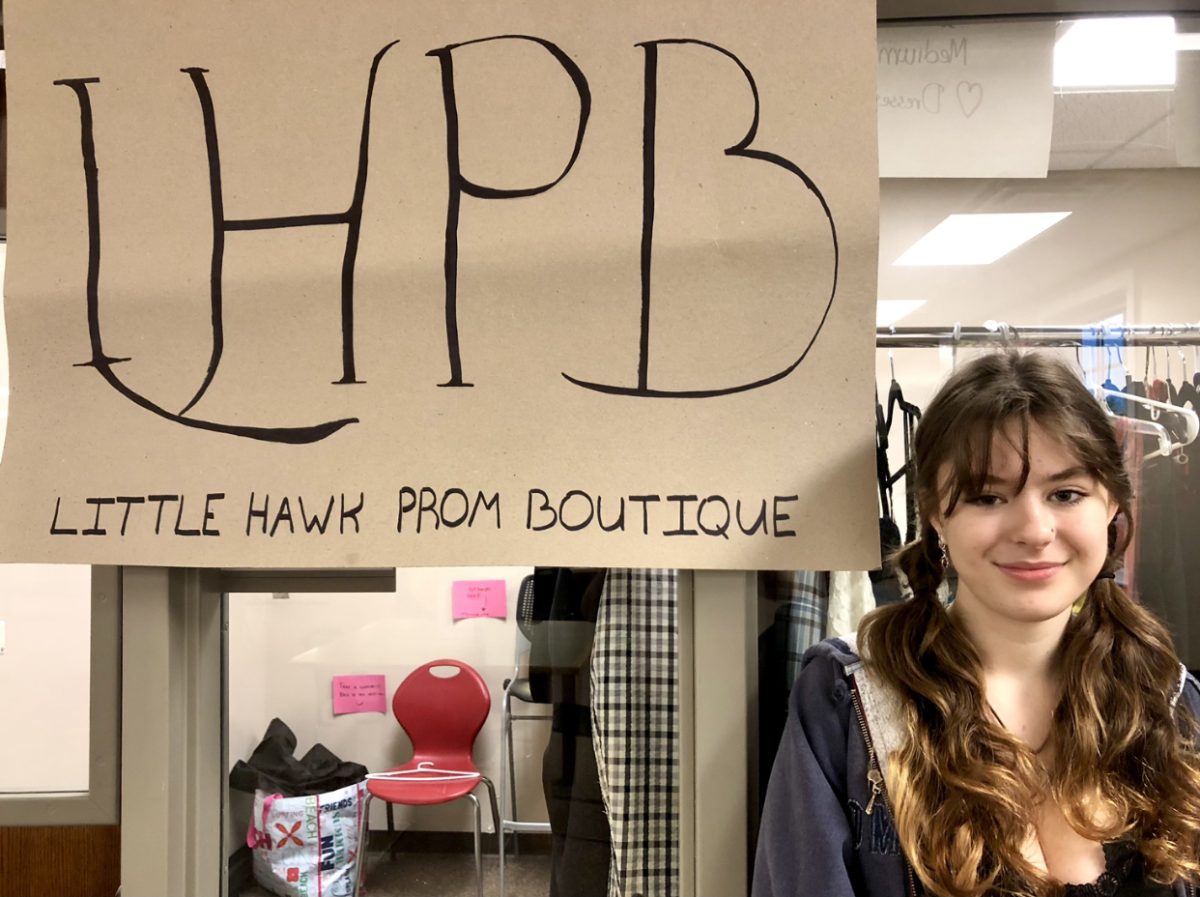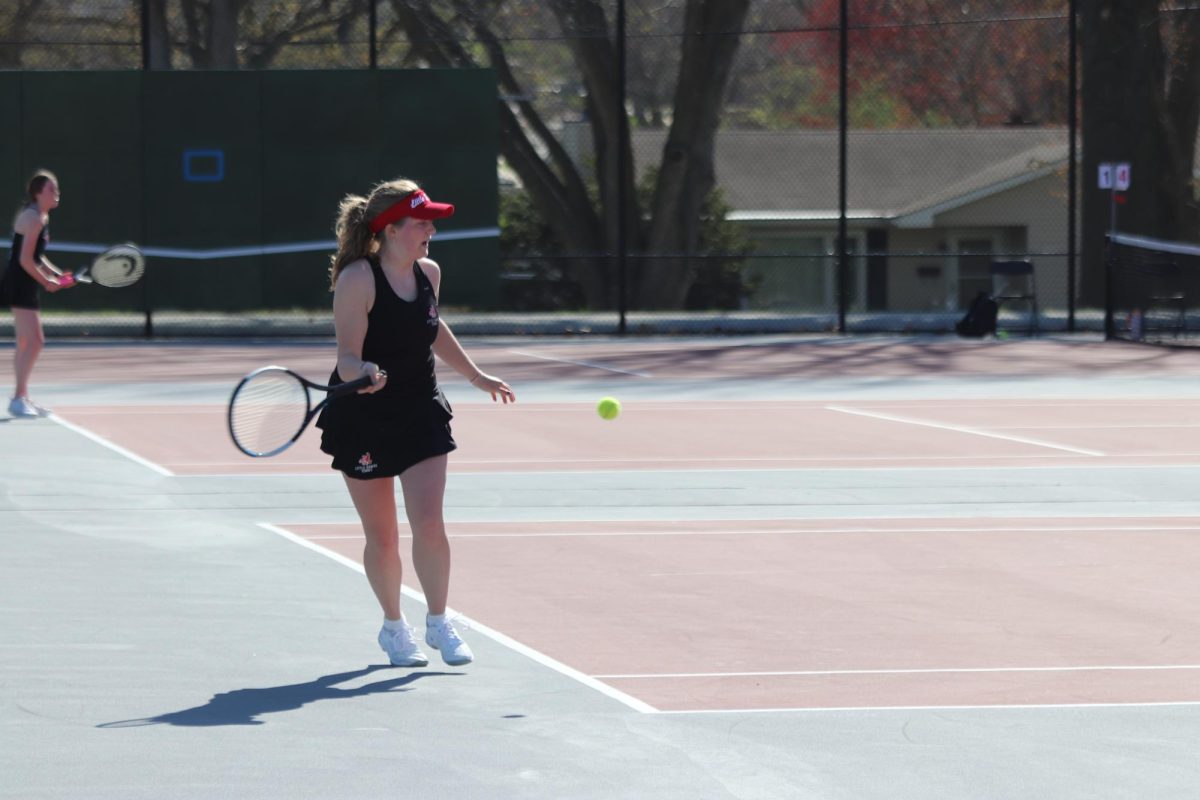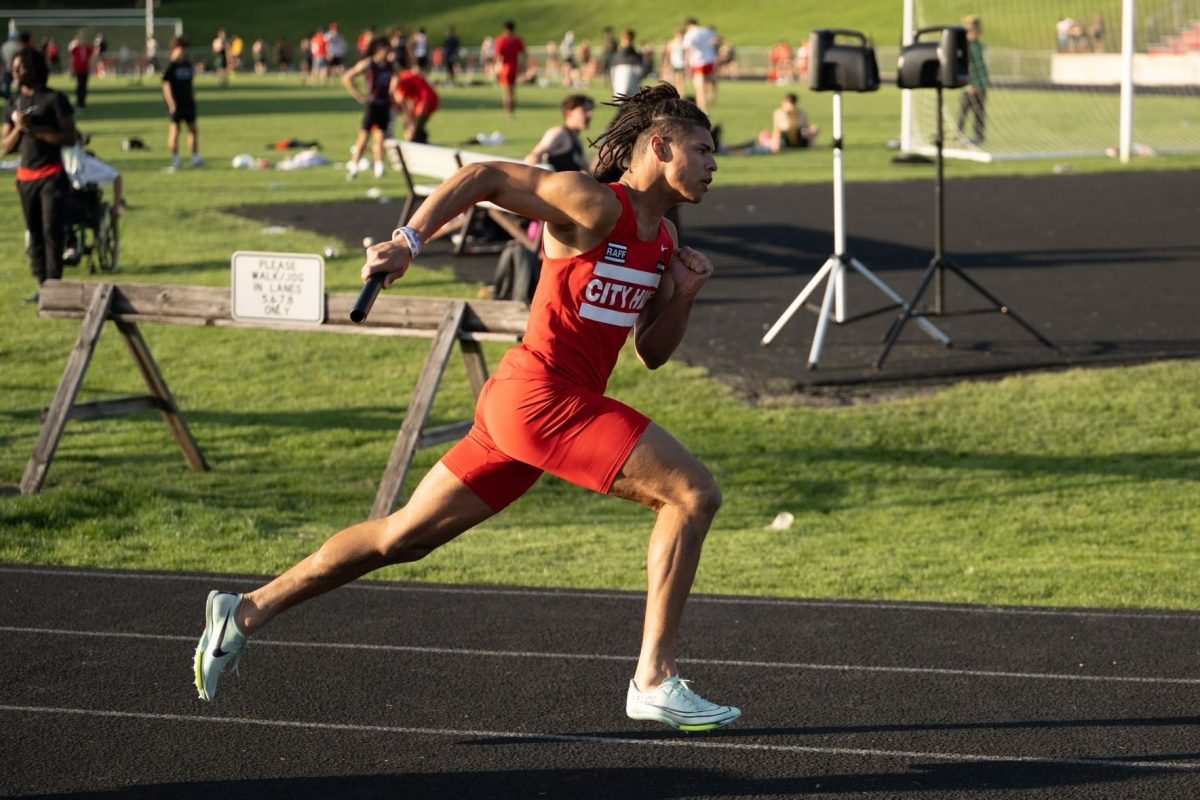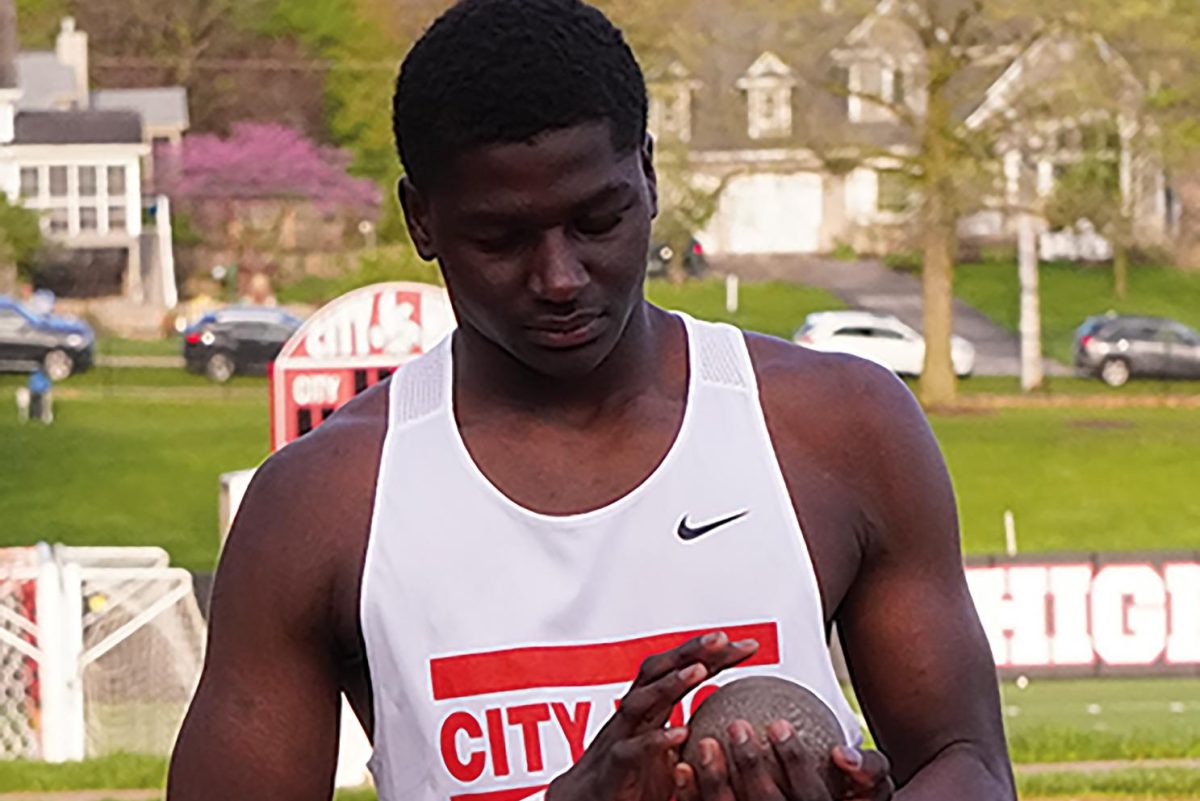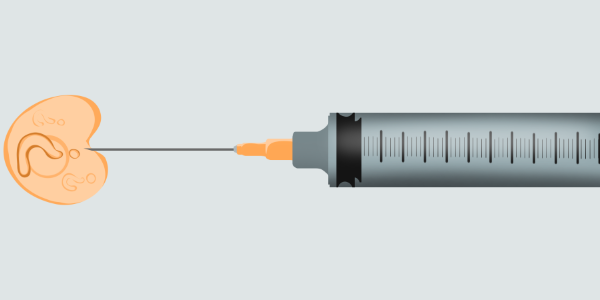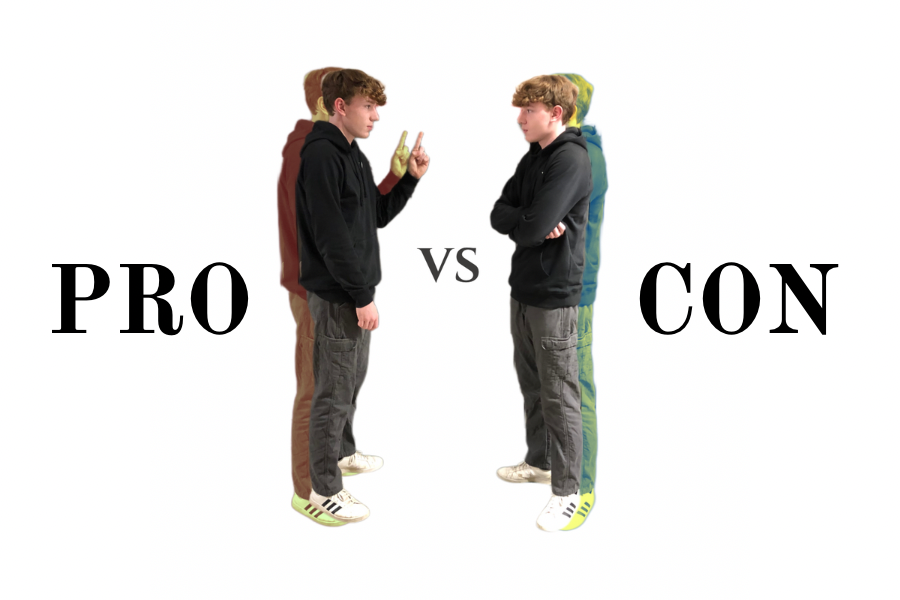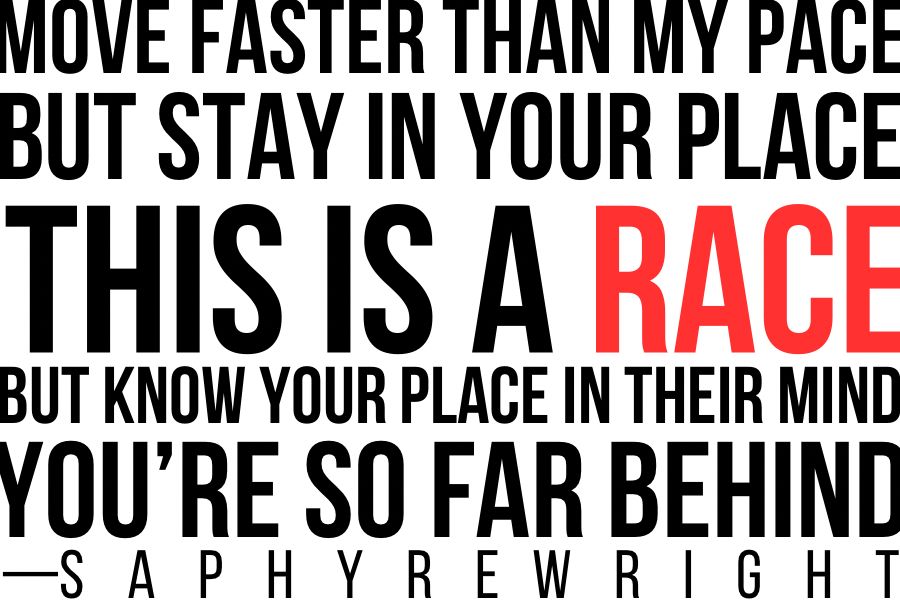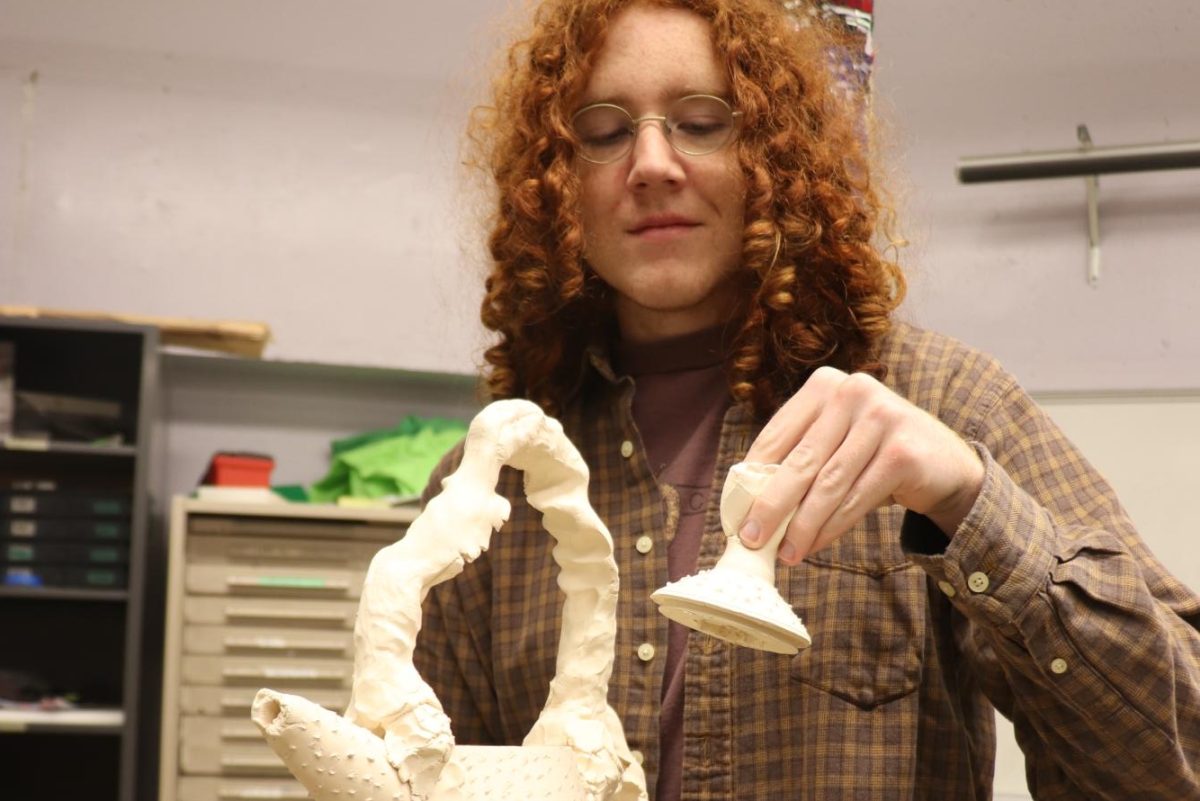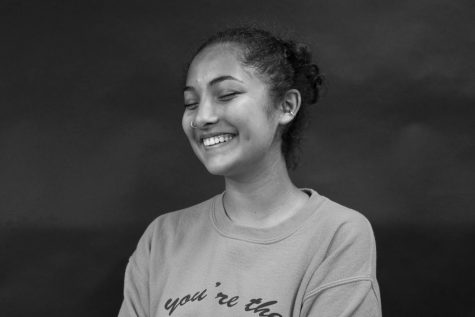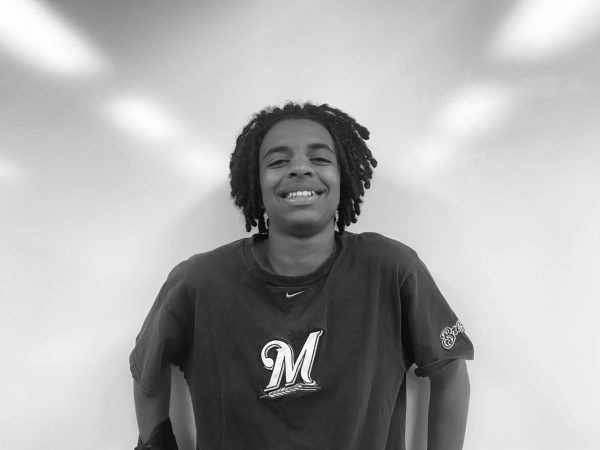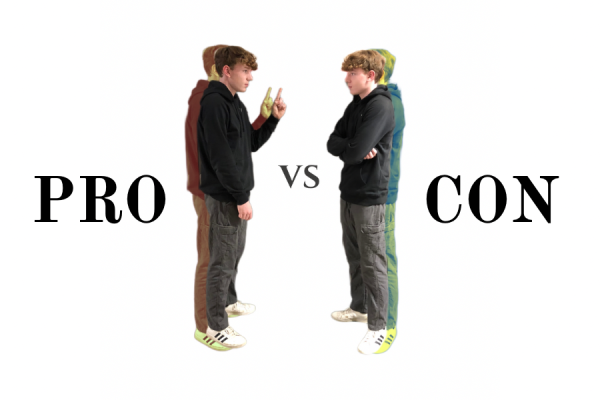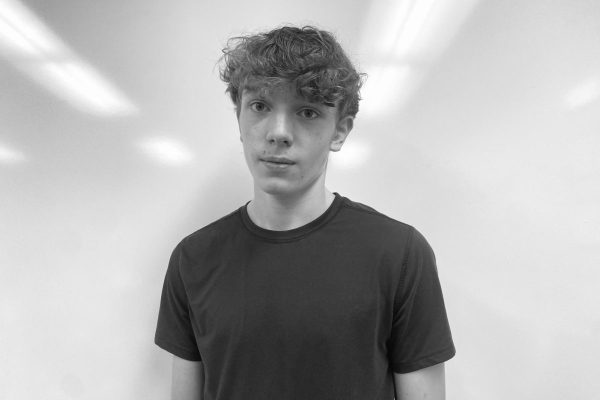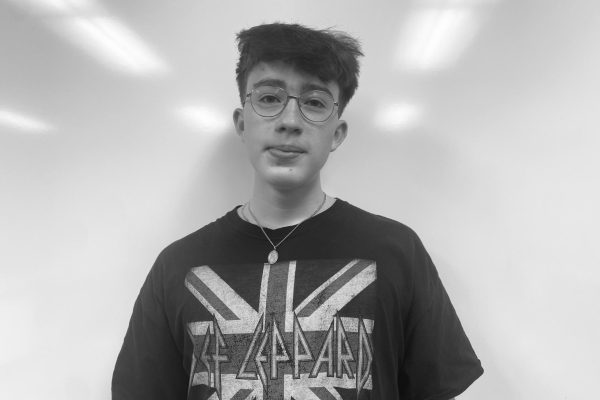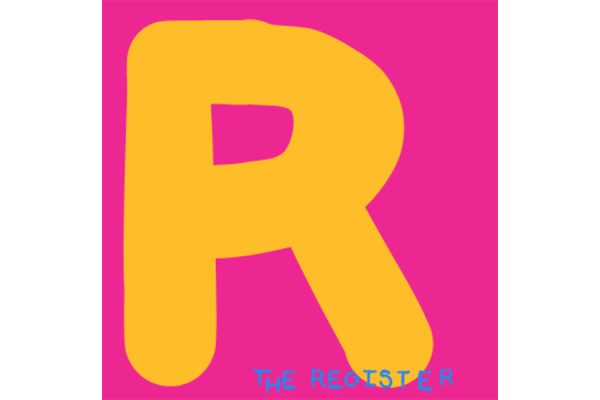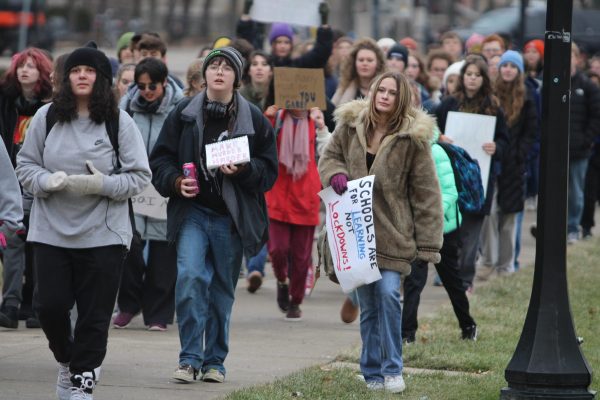On the Partisan Frontline
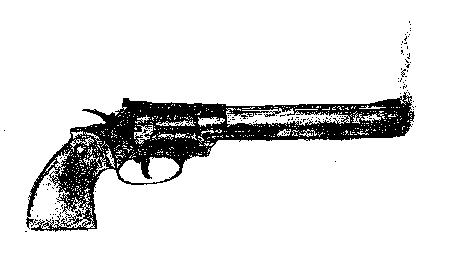
December 21, 2017
“Oh, you live in Iowa? With the corn and the pigs?”
“Kind of, but Iowa City’s its own little bubble, away from the farms.”
“Wow, you live in Iowa. That must’ve been pretty bad during election season.”
“Actually, Iowa City’s pretty much a little blue bubble.”
Iowa City is a bubble. That’s always been the best way for anyone to describe it. And for my entire life, I have seen this bubble as unbreakable. While the rest of the world has been crumbling, from natural disasters and thoughtless acts of violence, we have been untouched. Over the past few years, however, that seemingly impenetrable bubble has developed little imperfections, just waiting to be burst.
Every single day we hear about a new incident. Sometimes it’s across the country, with 500 victims. Sometimes, it’s down your street, with one. Throughout the United States this year, there have been 409 cases of mass shootings in a matter of 354 days, according to the Gun Violence Archive. In Iowa City, over the past year there have been 43 incidents of violent crime, according to the Iowa City Government, an 8% increase from 2015.
This year alone, we have heard about Las Vegas, Dallas, Sutherland Springs, and so many more. We have seen 29,755 victims shot, and we have seen 14,683 human beings killed. Throughout this entire year, throughout the majority of the history of America, we’ve been caught in an endless cycle of the “gun control” debate. Should we focus on the motive of the shooters, or how they gain access to the guns they use? Do we pay more attention to how taking away guns will affect “us as Americans”, or on the partisan lines that guns inevitably draw?
Earlier this year, the deadliest act of gun violence in American history occurred in Las Vegas. 84 days ago, 58 people were killed and more than 450 people were injured. In response to this tragedy, President Donald Trump said, “We are not going to talk about that today.”
But when are we going to talk about it?
When are we going to start talking about the issue, discussing the dangers around which we’ve been dancing? That at the end of the day, people are dying. That you never really know where, or when, or to whom the next tragedy is going to happen.
When are we going to say it: there are guns that are not being controlled. There are people out there, who may or may not be mentally ill, who may or may not have previous records of violence, who are taking those largely uncontrolled guns and killing people with them. And that those people who are being killed have family and friends and loved ones. They have — I’m sorry, had — lives that are being snuffed out every day. And for what? To continue the never ending fight of red versus blue?
What we really need is to have calm, rational, data-driven policy discussions that would prioritize the wellbeing and safety of ordinary people. The conversation needs to go beyond the basics to really focus on why assault weapons, military-style armaments, semi- and fully-automatic guns that have no purpose other than killing are freely available.The Las Vegas shooter carried a whole arsenal up to his hotel room; the Sandy Hook shooter had four guns; the Orlando shooter had two. Even the Second Amendment can’t be seen as limitless. There must be a line, and we must be the ones to draw it, before anyone else gets hurt.



